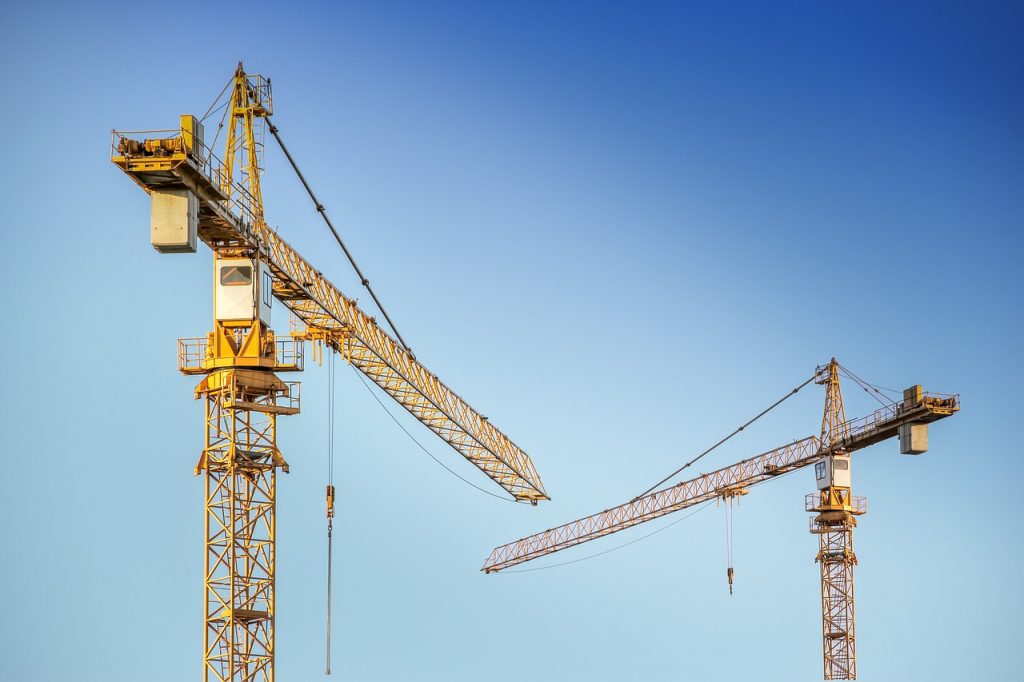Wearing
Wearing proper personal protective equipment (PPE) is essential for minimizing injury risk. At a minimum, operators should wear a hard hat, high-visibility vest, non-slip footwear, and a full-body safety harness that’s properly secured to an anchor point.
Harnesses are especially important when using boom lifts, which are more prone to sudden movements and can expose operators to fall risks if they’re not properly tethered. Even on scissor lifts, where the platform feels more secure, PPE can protect against unexpected slips or bumps.


